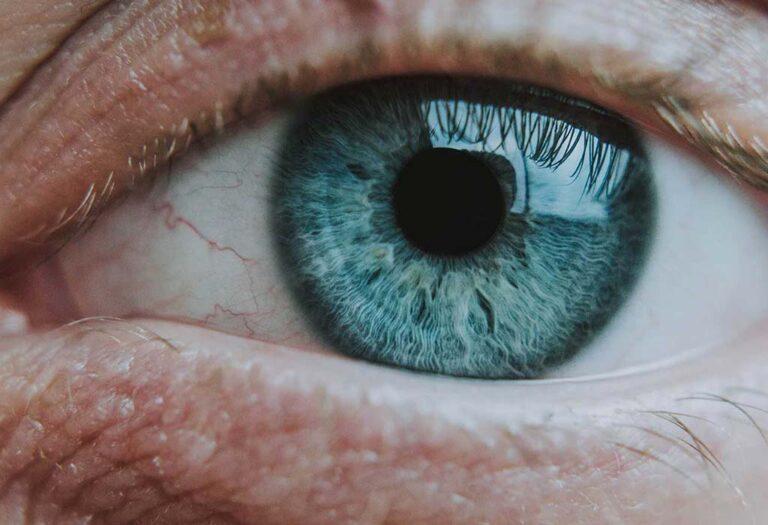
Eyes, Lids & Face by Dr. Maeve
Eyelid Skin Cancer Surgery

Skin cancer doesn’t just affect exposed areas like your face or arms — it can also develop on the delicate skin of your eyelids, including the eyelid margin. The most common types include basal cell carcinoma, squamous cell carcinoma, and, less frequently, melanoma or sebaceous cell carcinoma. Early detection and expert surgical care are essential to protect both your eye health and appearance.
Eyes, Lids & Face by Dr. Maeve
Eyelid Cancer Symptoms

Eyelid skin cancer can present with a range of symptoms — though some people may show no signs at all, and others may experience similar symptoms from non-cancerous conditions. It’s essential to monitor any changes and seek an expert evaluation if you notice any of the following symptoms. Early detection is key to effective treatment — don’t ignore these warning signs!
Changes in eyelid appearance
This can include redness, dark patches, or an uneven surface that wasn’t there before.
Eyelid swelling
Persistent puffiness or inflammation may indicate more than a simple irritation.
Thickening of the eyelid
A firm, growing bump that doesn’t go away could be a sign of underlying cancerous cells.
Chronic eyelid infections
Recurring infections, especially in the same area, may signal something more serious.
Ulceration
A non-healing sore or scab is a common warning sign of skin cancer.
Spreading, pigmented mass
Dark or irregularly shaped growths that increase in size should be examined promptly.
Eyes, Lids & Face by Dr. Maeve
Mohs Surgery Procedure
Often these cancers will be removed by a procedure called Mohs surgery (performed by a dermatologist) but reconstruction of the eyelid to restore its natural anatomy is performed by an oculoplastic eye surgeon.
Mohs surgery is a method for treating skin cancer lesions. During this procedure, the surgeon removes thin layers of skin one layer at a time and examines each layer under a microscope to determine if any cancer remains. This procedure continues until only cancer-free tissue remains.
Since its development, Mohs surgery has been refined into the most precise and advanced treatment for skin cancer, yielding success rates up to 99%. Mohs surgery is so effective because it evaluates the tissue surrounding the cancer more thoroughly than traditional skin cancer surgery techniques. As a result, it is considered the gold standard treatment for high-risk skin cancers, such as those located on the head and neck or those with aggressive growth patterns.
